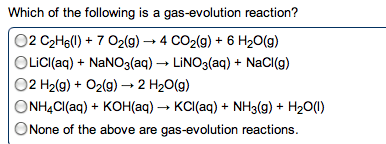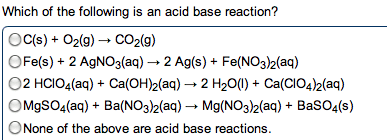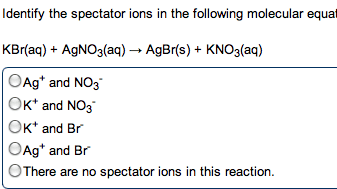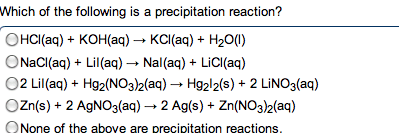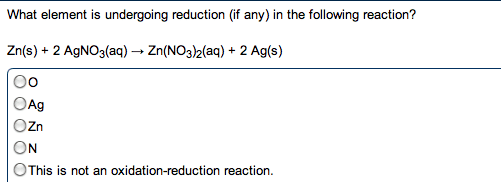CHEM 18b Lecture Notes - Lecture 1: Buffer Solution, Limiting Reagent, Silver Bromide
Document Summary
Precipitation reaction- combination of two aqueous ionic solutions that produce a solid (the precipitate) Qualitative analysis vs. quantitative analysis - observations are extremely important. A precipitate is formed with qualitative analysis (without numbers) Binary mixtures: naoh, nh4, bacl2, mgso4, kio3, agno3, na2co3, hno3 n x (n-1)/2 n=8, 28 possible combinations. 4 solutions with cations: co2+, cu2+, fe3+, ni2+ Identify the same solutions except they will be unknowns. Also identify metal cations in an unknown mixture using selective separation. To do selective separation use specific reagents to precipitate components out one at a time. Coordination (complex) compound - neutral compound with central metal in surrounded by ligands and combined with counterions. Ligand - lewis base (an electron donor) that forms a bond with metal. Goal is the synthesis to 2 coordination compounds containing co3+, nh3, cl- Both have cobalt in middle with 6 things bonded to it. First case has 6 nh3 making complex ion you have 3 cl- counterions.


